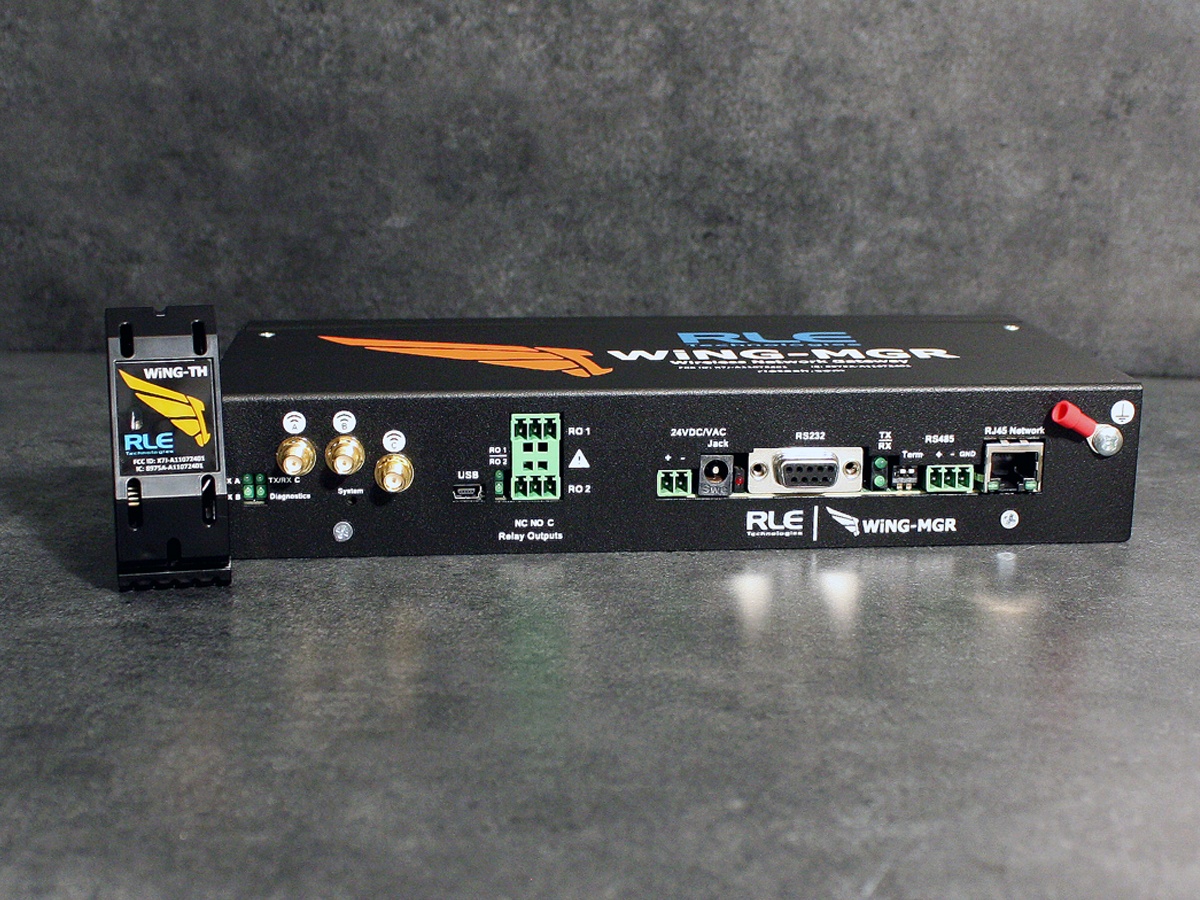Content provided by Jeremy Swanner, President, RLE Technologies
How do you choose a wireless environmental monitoring solution? While the playing field may seem crowded, it thins out dramatically when you consider a few of the major decision points that guide many purchasers. We guide people through this process every day. Let’s take a look at the typical decision making hurdles we see in the field:
What is the battery life of the sensors you are going to install?
Believe it or not this is the one of the highest cost items in every wireless solution – not from the cost of the battery itself but the expense of the manual labor required to find and replace the batteries. Often the person replacing the batteries is not the person who deployed the system, therefore they spend time locating the sensors and then replacing the $3ish part. The cost of paying the employee for their time far exceeds the cost of the battery, but this labor cost is rarely taken into account when a system is initially purchased. Most of the manufactures out there only offer a battery life of 2-4 years in best case scenarios, so if you find a solution over 5 that is good. Over 8 years is exceptional!!!
What is the transmission range of the sensors?
Range is important and will ultimately cut down on the need for added expense in managers / gateways or range extenders. Range will also determine what kind of flexibility you have in designing your deployment. Among systems, range from sensor to manager varies from 30’ to 200’. Obviously at 200’ you have a lot of flexibility in your placement of sensors and significantly less hardware cost!
Is the cost of your hardware really just the hardware?
Calculating the cost of the hardware is pretty easy: simply call your supplier or the manufacturer and request a quote. But we’ve found the real cost come in set up, configuration, deployment time and the hidden recurring costs that many companies charge to access your data and upgrade your firmware.
- Sensor Cost – Sensor cost range from $30.00 to over $300. Most of the time you get what you pay for, but there are some exceptions. Be cautious of the battery run time. At the $30 level, don’t expect your battery life to be over 2 years.
- Manager Cost – There are some “gotchas” in this piece of equipment. Make sure the system you are buying will support the number of sensors you need and will provide you with the integration protocols you need without additional cost. It would be silly to have a full blown DCiM and then have your environmental monitoring device completely isolated!
- Recurring Costs – Nobody likes to be told they have an ongoing cost as long as the product you buy is working! Be careful to fully understand if you truly own the product after you buy it, or if you have fees associated with expansions, firmware updates, accessing your data, changing the format of your data, additional protocols needed, etc.
What protocols are included?
What are BACnet and Modbus anyway, and do I really need them? Depending on how you will integrate your device those are important questions that you’ll need to be able to answer. How flexible do you want the integration to be and what if you change systems into which you are currently integrating? A manager or gateway that includes SNMP, BACnet and Modbus will give you the most flexibility.
Accuracy is also at the heart of your decision.
It won’t do you much good to have a system which doesn’t accurately report the temperature and humidity in your facility. While many sensors and managers boast a very small accuracy range for their sensor readings, this isn’t actually the kind of accuracy that we’re talking about. Much more importantly, you want to know the answers to questions like: how often is a complete “data packet” received by your manager or gateway? And: are you really looking at real time data or a buffered and repeated value? If your selected provider can demonstrate an accuracy of packet transmission above 98% that kind of accuracy is something to write home about!
Consider all the key points:
When it’s time to purchase your wireless monitoring solution, make sure you are looking at the five main decision points:
- Battery life – in excess of 5 years is nice – but look for a sensor with a batter life over 8 years.
- The transmission range of your sensors – this will will decrease your initial cost and add flexibility to your system.
- Total cost of ownership – make sure you are evaluating recurring fees as well.
- Integration into a “single pane of glass” needs to be flexible – make sure you will have all the necessary protocols without additional cost.
- Accuracy – it isn’t just about the value reading but also the consistent transmission of the data.
At RLE Technologies our new wireless system, WiNG, exceeds every point mentioned above and then some. Check out the new product offering, available now!



.png?width=58&height=58&name=X_logo_2023_(white).png)
